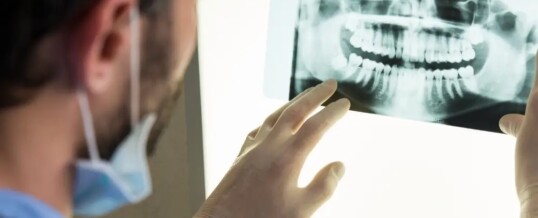
Dental x rays are a type of radiation that dentists use to take pictures of teeth and bones. They are important because they help dentists find problems in the mouth, such as cavities, gum disease, and tumors.
Dental x-rays are safe for both adults and children. The amount of radiation exposure from a dental x-ray is very low. In fact, people receive more radiation from the sun in one day than they do from a dental x-ray in their lifetime.
Dentists use dental x-rays to diagnose and treat problems in the mouth. They are an important part of preventive care and help keep your mouth healthy.
The history of dental x rays
Dental x-rays are an important tool that dentists use to evaluate the health of your teeth and mouth. The history of dental x-rays dates back to the late 1800s when they were first used to detect cavities in teeth.
Today, dental x-rays are an essential part of diagnosing and treating many dental problems. They help dentists find problems such as tooth decay, gum disease, and tumors. Dental x-rays also help dentists plan for treatment, such as braces or root canals.
While dental x-rays do emit a small amount of radiation, they are safe when used as directed by your dentist. The benefits of dental x-rays far outweigh the risks. So if your dentist recommends getting a dental x-ray, don’t be afraid – it could save your smile!
How dental x rays work
Dental x-rays are a vital part of diagnosing and treating dental problems. They help dentists see what is happening inside your teeth and gums and diagnose problems early. Dental x-rays are taken with a special x-ray machine. The machine produces a very low level of radiation, which is safe for both you and the dental team. The machine produces very narrow beams of x-ray photons that are used to create images of your teeth. The beams pass through your body and produce an image on a film or digital detector. This image can be used to diagnose and treat problems with your teeth.
The history of dental x rays
Dental x-rays are an important tool that dentists use to evaluate the health of your teeth and mouth. The history of dental x-rays dates back to the late 1800s when they were first used to detect cavities in teeth.
Today, dental x-rays are an essential part of diagnosing and treating many dental problems. They help dentists find problems such as tooth decay, gum disease, and tumors. Dental x-rays also help dentists plan for treatment, such as braces or root canals.
While dental x-rays do emit a small amount of radiation, they are safe when used as directed by your dentist. The benefits of dental x-rays far outweigh the risks. So if your dentist recommends getting a dental x-ray, don’t be afraid – it could save your smile!
Risks of dental x rays
Dental x-rays are a common part of most routine dental exams, but did you know that they come with a small amount of risk? Dental x-rays use a very low level of radiation, but over time, this exposure can add up and increase your risk for cancer. There are two main types of dental x-rays: intraoral and extraoral. Intraoral x-rays are taken inside the mouth and are the most common type of dental x-ray. Extraoral x-rays are taken outside the mouth and are not used as often as intraoral x-rays. The risks associated with dental x-rays are very low, but it is important to understand that there is some risk involved. If you have concerns about dental x-rays, talk to your dentist about alternative ways to examine your teeth.
Why you should get regular dental x rays
Dental x-rays are an important part of oral health care. They help dentists to diagnose problems early, before they become more serious. They can also help to detect problems that are not yet visible to the naked eye. There are two types of dental x-rays: intraoral and extraoral. Intraoral x rays are taken inside the mouth, while extraoral x rays are taken outside the mouth. Dentists typically use intraoral x rays to examine the teeth and jaws, while extraoral x rays are used to check for problems in the bones around the teeth. Most people should have dental x rays every one to two years. However, people who are at high risk for oral problems, such as those with diabetes or Gum disease, may need them more often. X rays are a safe and painless way to keep your mouth healthy and catch problems early.
Share
DEC

About the Author: